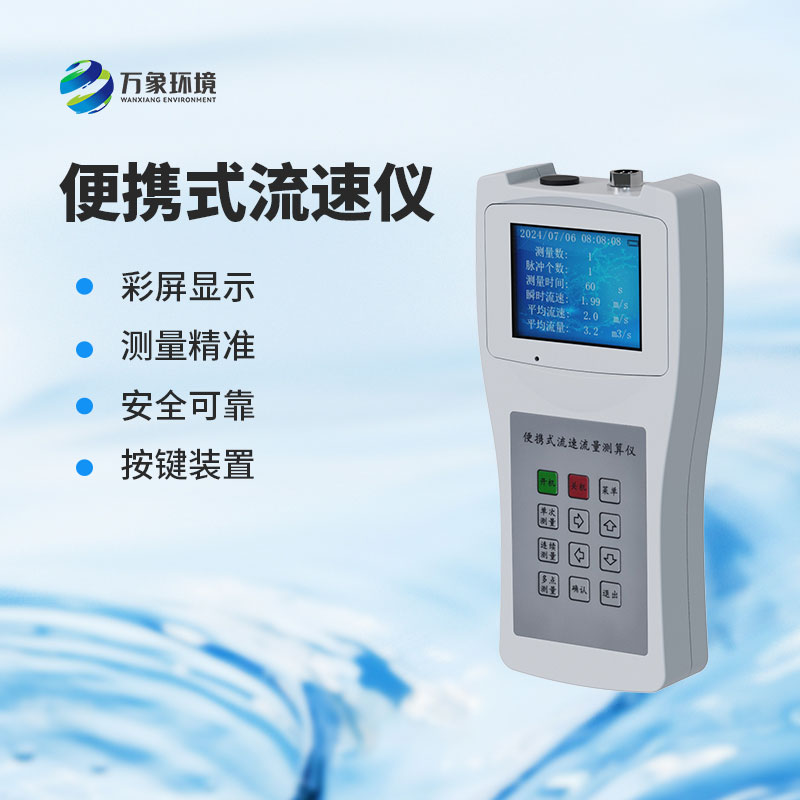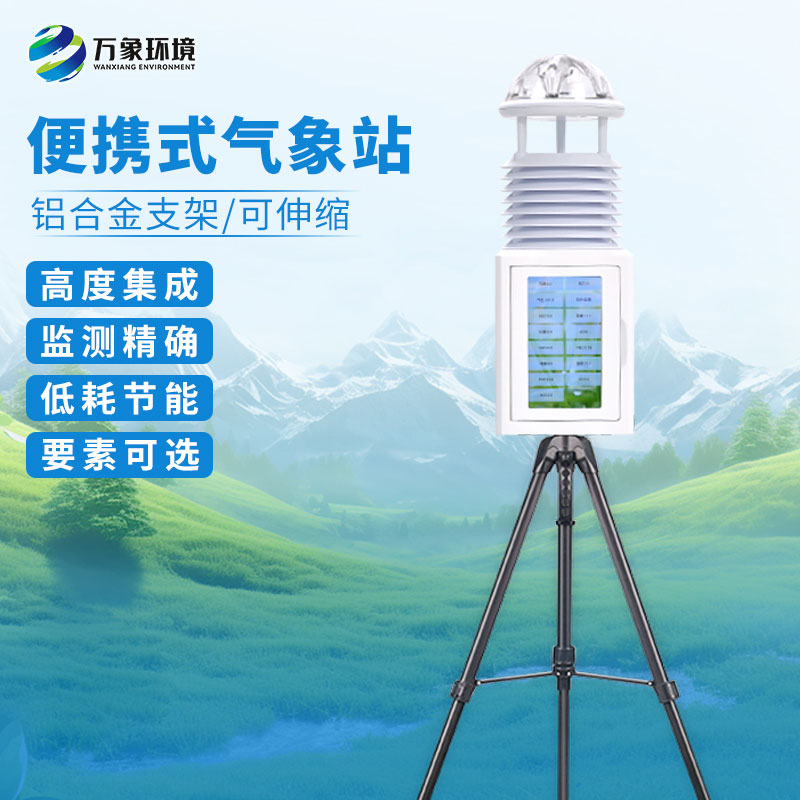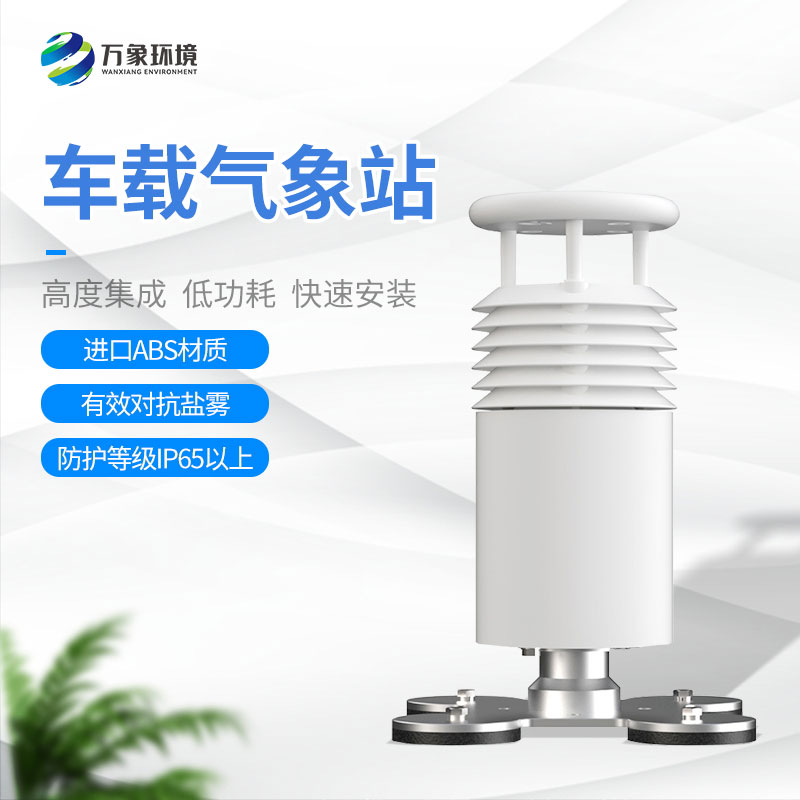In today's ever-changing science and technology, portable direct reading current meter with its unique function and portability, has become the "new darling" in water management, environmental monitoring and other fields. This small device not only changes the traditional flow measurement method, but also makes the monitoring of water flow speed simple, fast and accurate.
The biggest highlight of the LS300-B portable direct reading current meter is its portability. The compact body design makes it easy to carry to a variety of water environments, whether it is wide rivers, fast-flowing streams, or deep lakes, reservoirs, can easily cope. At the same time, its rugged housing and waterproof design ensure stable operation in a variety of harsh environments, providing users with great convenience.
Compared with the traditional current meter, the biggest advantage of portable direct reading current meter is its direct reading function. Users simply place the device in the water and get real-time flow rate data immediately. Without complicated calculation and conversion, the work efficiency is greatly improved. At the same time, the device also has the data storage and transmission function, which can transmit the measurement data to the computer or mobile phone in real time, which is convenient for the user to conduct subsequent analysis and processing.
The portable direct reading current meter adopts advanced sensor technology and algorithm, which can realize the high precision measurement of velocity. Whether it is in smooth water flow or in rapid water flow, it can maintain stable measurement accuracy to provide users with accurate flow rate data. In addition, the equipment also has automatic calibration and correction functions, which can automatically correct the impact of environmental factors on the measurement results to ensure the reliability of the data.
The wide application of portable direct reading current meter is also one of the important reasons for its popularity. In the field of water management, it can be used to monitor the flow rate of rivers, lakes, reservoirs and other waters, providing strong support for the rational allocation and scheduling of water resources. In the field of environmental monitoring, it can be used for monitoring and early warning of river pollution, water quality changes and other issues, providing important data support for environmental protection.

Article address:
http://www.qxhjjc.com/en/newcen/1120.html


















 Home
Home phone
phone Product Overview
Product Overview Contact Us
Contact Us